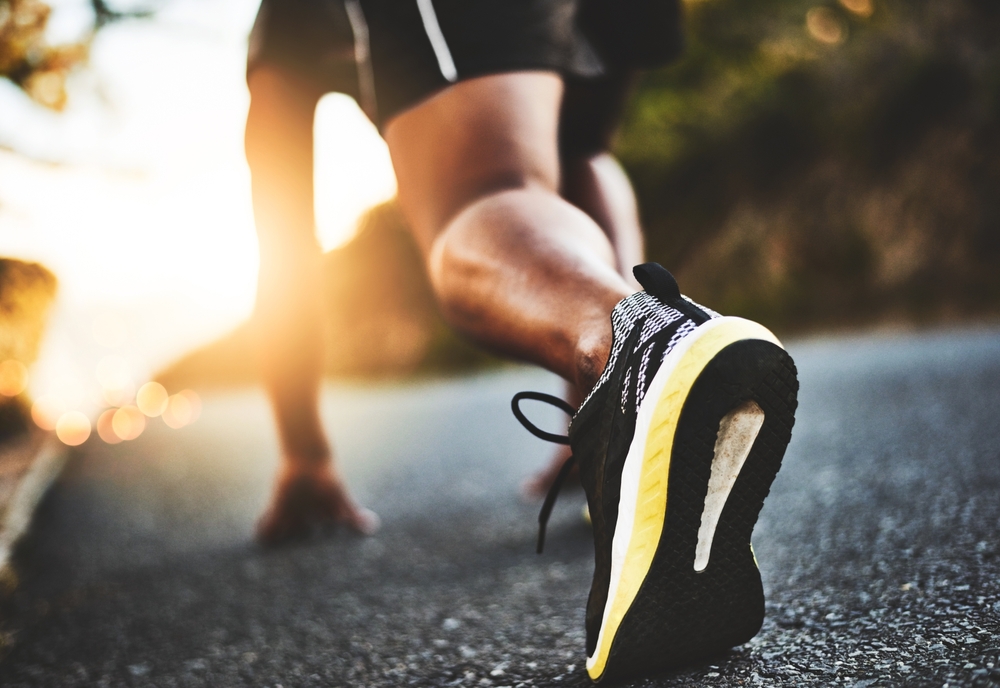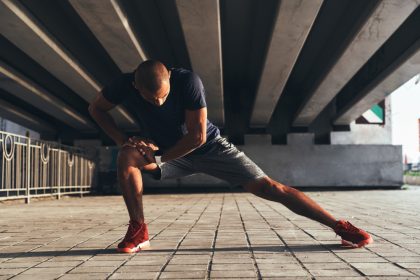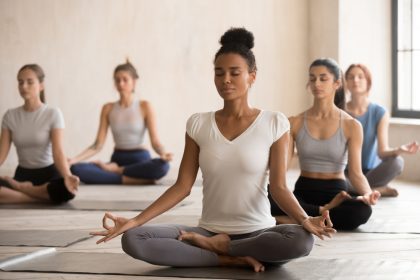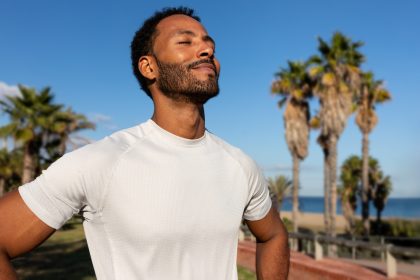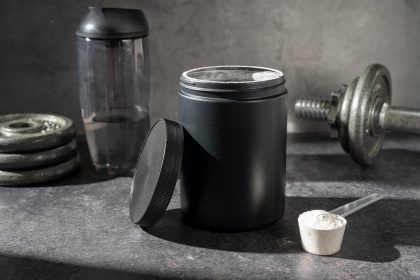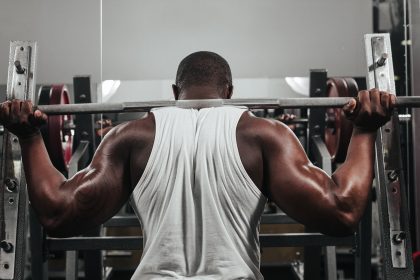When it comes to unlocking hidden advantages in sports and fitness, many people focus on diet, strength or mental toughness. But what if the shape and length of your toes could hint at your athletic edge?
Science and folklore alike have long connected body proportions to performance, agility and strength. Surprisingly, toe length is one of the most overlooked — yet fascinating — factors in understanding how your body moves and performs under pressure.
This article examines what your toe length says about your athletic edge, exploring how the shape of your feet might set you apart — or challenge you — in sports and physical performance.
Understanding foot shape and toe length
Human feet come in many shapes and sizes, and toe length is a big part of that. Typically, feet are classified into three common shapes:
- Egyptian foot: The big toe is the longest, and the rest taper down in a descending slope
- Greek foot (or Morton’s toe): The second toe is longer than the big toe
- Roman foot: The first three toes are of equal length, with the last two shorter
These shapes are not just random genetic quirks — they reflect how your foot absorbs shock, balances weight and propels you forward. While no shape guarantees you a world-record sprint, certain structures can offer advantages in specific sports or movements.
Toe length and running performance
One of the biggest impacts of toe length on your athletic edge shows up in running. Studies suggest that people with longer big toes (Egyptian foot) may have a slight edge in straight-line sprinting because the big toe plays a major role in push-off power.
On the other hand, individuals with a longer second toe (Greek foot) often excel in balance-based movements, agility drills and sports requiring quick direction changes. That extra length allows for better weight distribution over the forefoot, enhancing control.
Consider a soccer player weaving through defenders or a basketball guard making sharp cuts — that second toe could be helping guide the footwork.
How toe length affects jumping ability
Jumping, whether it’s on the basketball court, volleyball court or track, requires explosive power. Here, toe length contributes by adding leverage.
Athletes with longer toes — especially the big and second toes — can generate slightly more force during toe-off, adding extra spring to their jump. However, it’s not just about length; flexibility and strength in the toe joints also play critical roles.
If you have shorter toes, you can train your foot muscles to increase stability and power, even without natural leverage. Exercises like toe curls, balance work and calf raises help enhance foot strength and improve jump mechanics.
Balance and stability advantages
Balance is essential in almost every sport, from surfing and gymnastics to tennis and martial arts. Here, toe length and spread impact how well you stay grounded.
People with longer or more widely spread toes often have a larger base of support, offering better grip and stability. That can mean quicker recovery from awkward landings or sharper turns on the court.
Interestingly, a Greek foot shape (longer second toe) may provide superior balance when the body weight shifts forward, while an Egyptian foot may offer stronger backward stability. This could explain why some athletes naturally excel at sports demanding forward-leaning balance (like rock climbing) versus those needing strong heel support (like sprinting or lifting).
Potential injury risks by foot type
Certain toe shapes can predispose athletes to specific injuries if not addressed properly:
- Longer second toes can increase the risk of metatarsalgia, a painful inflammation under the ball of the foot, especially in runners and jumpers
- Longer big toes may be more prone to bunions or stress fractures if not properly supported during high-impact sports
- Shorter or stiff toes can limit shock absorption, increasing strain on the knees and hips
To protect your athletic performance, it’s vital to wear appropriate footwear, strengthen the foot muscles and address any biomechanical issues early with the help of healthcare professionals like sports therapists or podiatrists.
Maximizing your foot’s potential
No matter your natural toe length, you can take steps to enhance your performance and reduce injury risks:
Foot-strengthening exercises: Incorporate simple routines like towel scrunches, marble pickups or balance drills.
Proper footwear: Choose sports shoes designed for your activity, providing the right support for your foot shape.
Regular checkups: Work with a physical therapist or podiatrist if you experience pain or imbalance during training.
Targeted training: Focus on drills and exercises that align with your natural foot mechanics.
By doing this, you’re not just working harder — you’re working smarter, tapping into the unique power your body already holds.
Building confidence through body awareness
While toe length alone won’t make or break an athlete, it can impact psychological confidence. Athletes who understand their body’s natural strengths tend to train smarter and play with more assurance.
For example, knowing you have a naturally agile foot shape might give you extra confidence to develop advanced footwork drills. Recognizing you have powerful big toes could encourage you to focus on sprinting mechanics and pushing off explosively.
This body awareness fosters a growth mindset, where athletes embrace their unique physical makeup and work to enhance it rather than feel limited by it.
Embracing your unique advantage
What your toe length says about your athletic edge isn’t about setting limits — it’s about unlocking potential. Whether you’re a weekend warrior, a competitive athlete or someone just beginning their fitness journey, understanding how your toes contribute to your performance can give you new insights and confidence.
Greatness isn’t reserved for those with “perfect” feet or textbook body proportions. Champions come in all shapes, sizes and foot types. What sets them apart is how they adapt, train and use what they’ve been given.
So take a look at your toes, appreciate the story they tell and use that knowledge to fuel your journey forward. If you want to elevate your athletic game, don’t overlook the details — even the smallest ones, like toe length, can make a difference.

